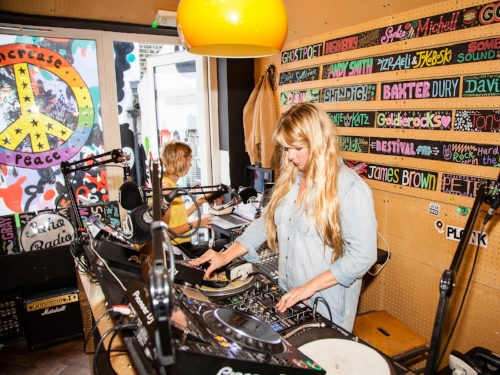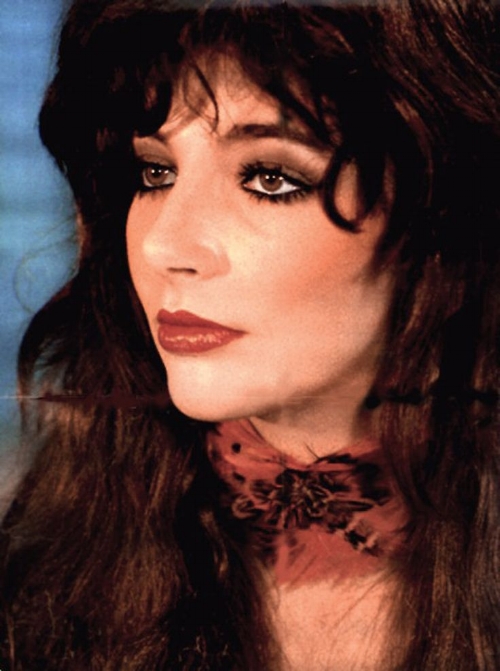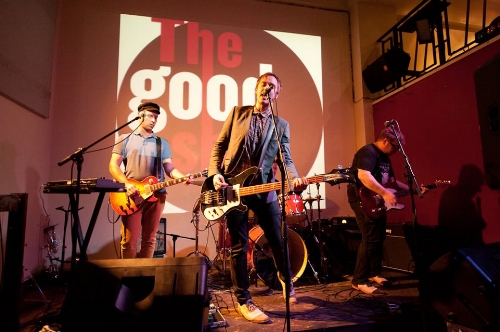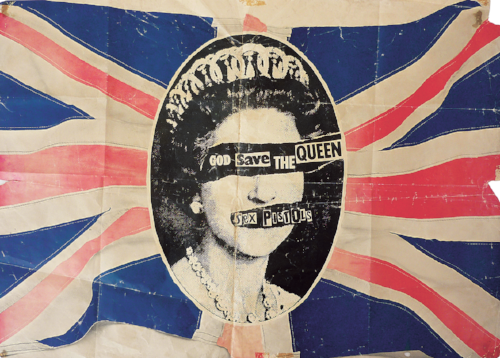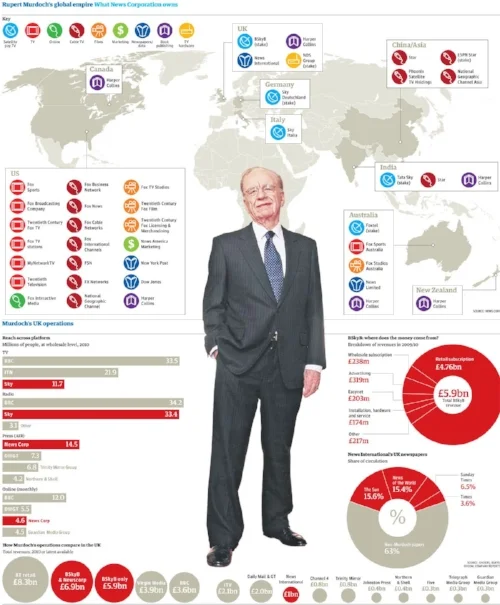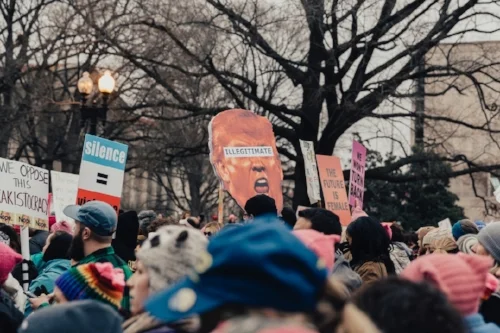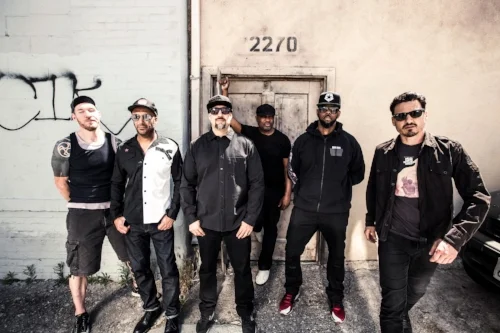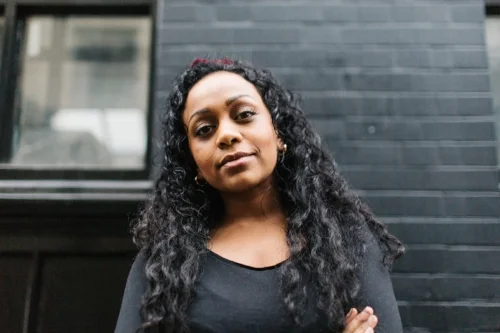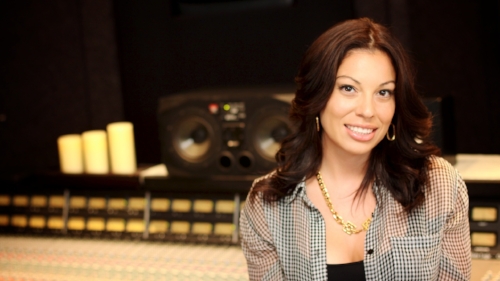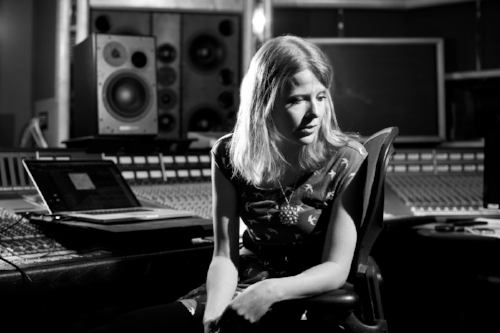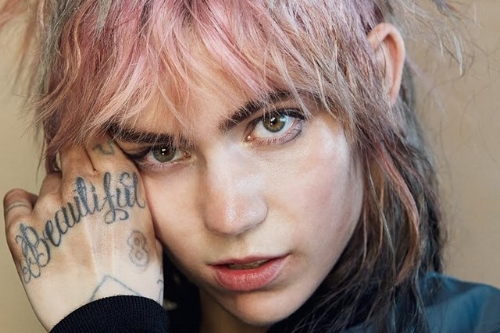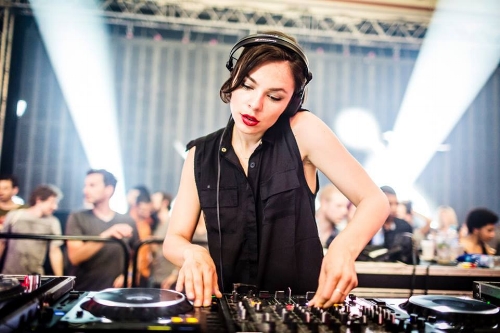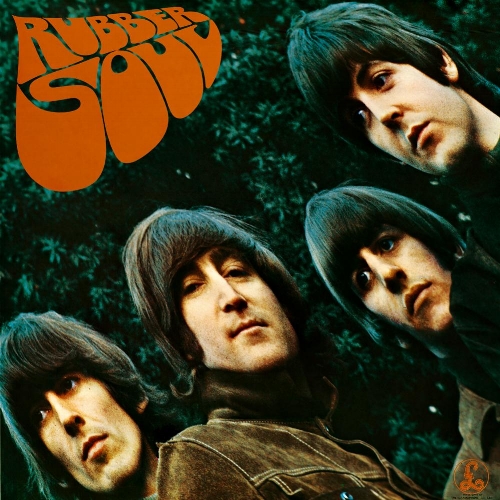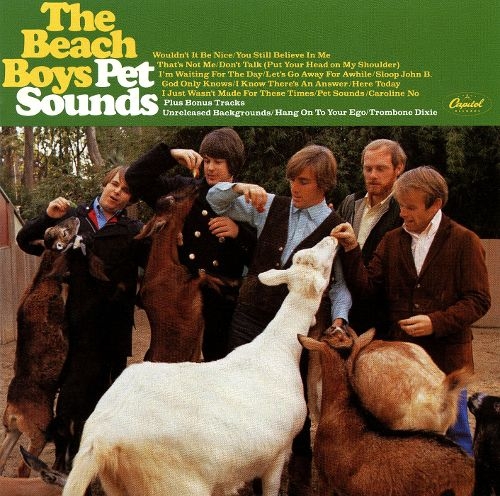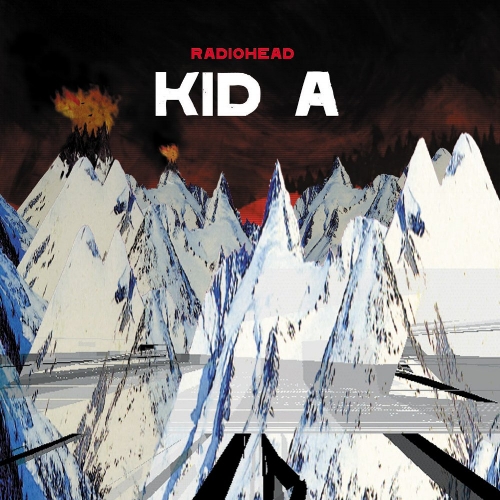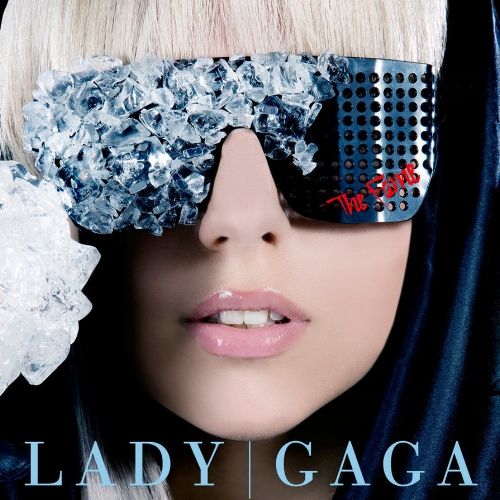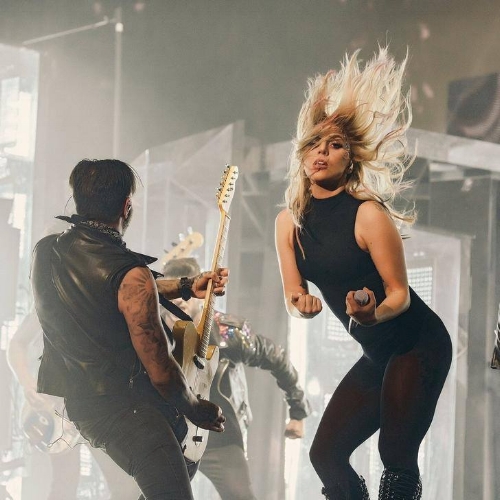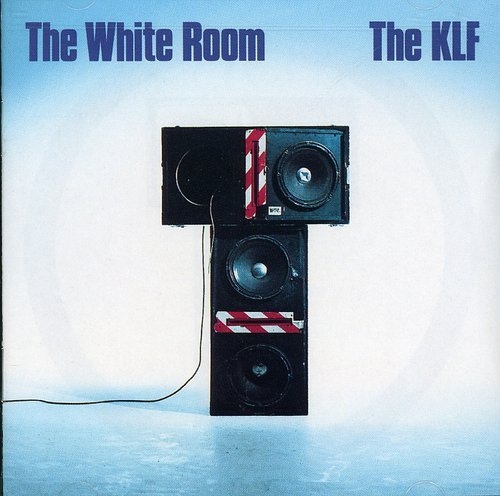FEATURE:
PHOTO CREDIT: Andy Parsons
The Independent Radio Scene in London
________
MOST of us…
IN THIS PHOTO: Ashley James of Soho Radio
will, if we think of radio and the best stations; our minds will often go to the big broadcasters and those ‘mainstream’ options. I listen to BBC Radio 6 Music and have a lot of time for other stations. The reason I listen to '6 Music is because of the variety of music and the quality of the presenters. They are passionate knowledgeable; each of them has a different personality but all are bonded by the ethos to uncover the best new music and ensure quality is at the top of their considerations. If I am not listening to '6 Music then I am tuned into BBC Radio 2. I like the vibe of the station and the fact it caters for a slightly ‘older’ audience. It is a fantastic station and there is a reason it the most-popular option in the U.K. I switch between the two but, apart from that, my tastes are a little limited. I will, in this piece, bring in an article from Time Out – they have been investigating the best stations in the capital and how the London radio scene has come to rule and define. I will mention two big stations that, I think, show two different sides to London life: Soho Radio and Hoxton Radio. The former, as I will show, was voted the world’s best station at the end of last year. The latter is a based in an ultra-hip part of the capital and projects a youthful and cool vibe.
IN THIS PHOTO: Lucid Stannard at Balamii/PHOTO CREDIT: Andy Parsons
Depending on where you are in the capital; you will find a station to suit your mood and situation. The same way one passes through London and notices the cultural and geographical shifts: local radio mirrors that diversity and ever-changing landscape. Rinse FM is a fantastic and ‘young’ station that boasts a superb roster of eclectic and knowledgeable D.J.s. Horse Meat Disco is, perhaps, the most-loved and best introduction to the station. On a Sunday, as you might today, Josey Rebelle gives way to Luke Howard and James Hillard (of Horse Meat Disco). It is a Vauxhall club-night and was named the best radio show by DJ Mag last year. Rebelle’s show ensures there is a terrific one-two on Sundays.
She has been hosting for six years and kicks things off from 10 A.M. She spins everything from two-step Soul and Funk through to current jams and consciousness-skewing experimentations. Her pleasant and upbeat demeanour makes it is a show one can wake up to – if you are lazy enough to still be in bed then! – and the sheer range and variation of music make it a must-listen for anyone serious about stepping aside from the mainstream. Consider NTS - which has a studio in Los Angeles – it is another young and hip station. That is what one notices with the best radio stations in London: they are aimed at younger audiences and helmed by young D.J.s although the likes of Rinse FM cater to all ages: one suspects their demographic falls within the 18-35-year-old bandwidth.
IN THIS PHOTO: Moxie of NTS
NTS has Moxie at their turntables: his two-hour show discovers the best Dance music in London and (she) is one of the most authoritative and her sheer drive captivates listeners – few have the same zeal and desire to bring music to the listeners. Worldwide FM has a base in London but broadcasts right around the world. Colleen ‘Cosmo’ Murphy hosts the Classic Album Sundays show and co-hosts with Gilles Peterson. Catch her on the Stoke Newington show as she spins vinyl and her own choice of records. One can experience anything from Jazz, Disco and Funk through to Rock – one never knows what is coming next. Have a listen to The Full English Breakfast Show on Balamii It is based out of Peckham and Aisha Zoe’s 9 A.M. show is chat-lite but, as one would hope, puts emphasis on quality tunes. They, luckily, come and spades: a wonderful and wired way to jump-start any lazy day. That is a look at some of the station ensuring London’s radio scene is among the finest in the entire world. I’ll come to look at the two stations, I feel define the diversity and quality in London.
IN THIS PHOTO: Narx at NTS/PHOTO CREDIT: Andy Parsons
I want to quote from an article - written a couple of weeks back. Time Out, like myself, have been exploring the London radio circuit and how it has fought its way to the top of the pile:
“Clandestine stations have clogged London’s airwaves since the 1960s. Stations like Kiss, Rinse and Kool FM were amplifiers for British underground culture in the ’80s and ’90s – playing genres like jungle, garage and grime that were ignored by commercial stations. The reaction was huge. DJs often needed two phones because the lines for shows would get so full, and if a station threw a party, thousands of people would show up. ‘We developed this culture out of nothing,’ says Rinse FM founder Geeneus, ‘and kept on pushing until the mainstream embraced it. Pirate radio was one of the biggest influences in our country and it has never been given the recognition it deserves.’
Just a few years ago, the future of creative radio in London looked bleak. While Rinse started broadcasting online and gained a community licence in 2010, Geeneus says there was a sense that pirate radio had run its course. Stations were disappearing, not just because Ofcom was shutting them down, but because they lost their relevance once the internet meant you didn’t need an FM frequency to share music. ‘There was a stage when there was no one else to relate to,’ says Geeneus. ‘We could see the pirates dropping off and there seemed to be nothing coming after us.’
Just like the pirates that came before them, many of the new stations are formed from a desire to share music you won’t hear elsewhere. Over 70 percent of the music played by NTS isn’t available on Spotify or Apple Music. Instead, people with excellent taste, like Debonair, share the music that they discover with the world. It’s reflected in the nerdy way many stations are curated. All NTS shows are archived according to genre – from yacht rock to free jazz to leftfield techno. At Balamii they provide track IDs so every song can be looked up online.‘We cater to a subculture of music fans who want to hear something different to the mainstream. That’s who we care about, and who we’re committed to,’ an NTS spokesperson says. (They prefer to identify as a collective to reflect the fact they’re speaking for the NTS community)”.
The article explores stations I have already mentioned but all boils down to one thing: they play music no other station will. One of the main reasons I want to work for a station like BBC Radio 6 Music is to impart my own spin and dynamic. I feel a reason why there are few working-class people employed by broadsheet papers is the fact there is a set way and established order. The working-class, God forbid, might talk about real and gritty issues that could scare off the precious and protected readers – they do not want to hear about the issues in music or sexism whilst they are chomping down their cereal.
IN THIS PHOTO: DJ Goldierocks of Soho Radio/PHOTO CREDIT: Andy Parsons
I guess, in a way, the working-class D.J.s have been forced underground. The big stations do have people publically educated but, to get to those big stations, one has to work their way through the ranks – a certain level of education and experience is needed. We are not in the days of Radio Caroline – when a floating station illicitly broadcast the finest tunes; away from the jurisdiction and clammy hands of the law – and thrilled music-lovers. In a way; there appears to be an exciting movement in the underground that has fewer restraints and boundaries than the mainstream stations – they have edicts and defined playlists; catering to a defined demographic and ensuring the ratings are pushed ever-upwards. That need to compete and fit into particular slots is what sucks a lot of imagination and possibility out of radio. I can write a separate piece on the gender and racial breakdown of stations; why some are compelled to play chart music – others prefer to broadcast a wide range of sounds. As much as I love BBC Radio 6 Music; I know there is a gap in their otherwise glistening torso. There is, to the best of my knowledge, no show that focuses on the unsigned and great unwashed. Yeah, there are shows that scoop and shine the finest new nuggets from music – they tend to be bigger artists and those one can find on Spotify.
I am talking about the artists I interview and feature: the smaller acts who, despite a comparative lack of social media oomph, thoroughly warrant attention. That is where the best small stations in London come in. They are not mandated to play the latest chart hits: their scope is free from constraints and, as such, are the go-to stations to discover what is really happening in music. London is a buzzing city with so much life and musical personality: one feels this is not being honestly documented at our most-popular stations. Because of the passion and variation one hears on the best underground stations; listeners are not only loyal and stick with them but are happy, in some cases, to pay subscription fees – a lot of your biggest stations have to deal with capricious listeners who hop to other options and crunch numbers on a quarterly basis. The new and smaller stations worry not about the spreadsheets and pleasing the top-bods. Before I wrap up with a look at Soho Radio and Hoxton Radio – a summing up from that Time Out piece:
“Our homegrown radio scene is the envy of the world and it’s rapidly becoming the dominant cultural force in the capital. It’s proof there’s still an audience for lovingly curated music out there, even if it’s easier to book a tubby bloke to play Top 40 hits. But that’s not all. This radio revival demonstrates that communities can beat big businesses, and – just like in the days of pirate radio – it’s helping build a global audience for our city’s underground artists and DJs, like Ghose. ‘London’s music scene is healthy at the moment,’ concludes (Balamii founder James) Browning. ‘Very, very healthy’”.
IN THIS PHOTO: Balamii radio studio
Soho Radio, deemed as such, was voted the world’s best radio station last year. I am quoting from an article that explains why:
“Give yourself a pat on the back London, because we're the proud broadcasters of the best radio station in the world. Independent station Soho Radio was awarded the accolade at this year’s Online Radio Awards by Mixcloud.
The station has only been on air for two years and was set up by three mates – Finlay Morton, Adrian Meehan and Dan Gray – who felt the airwaves were lacking in an uncensored station where the DJs hand-picked the songs and weren't dictated by playlists. Or as DJ and musician Finlay put it: 'We wanted a station where a presenter could hear a song and say "That’s great" and just play it.'
The trio thought up the station down the pub and it's now broadcast 24/7 from Great Windmill Street. They beat stations from the Middle East, Africa and America to scoop the prize. So next time you have a crazy idea with your mates over a few pints, think of these guys – it might just be a winner”.
Whilst Hoxton Radio, which I shall end on, has a mainly young line-up of D.J.s – and seems to aim its satellites at the swankiest and most-fashionable destinations in London – there is something a little more grounded and established about Soho Radio. It is a station that has plenty of young D.J.s but brings in a lot of experienced and ‘lived in’ talent. One need only visit the website to see they are, in their own words, “Furiously independent”.
Soho’s online community radio station
Soho Radio is an online radio station broadcasting from the heart of London. Inspired by Soho’s vibrant and diverse culture, Soho Radio brings together musicians, artists, film makers, chefs, poets and the generally curious, from across the globe.
Street-side radio
Soho Radio is true street-side radio, broadcasting directly from our studio on Great Windmill Street. Awarded Best Online Radio Station in the Mixcloud Online Radio Awards 2016, Soho Radio broadcasts every genre, from soul to Japanese grime, rockabilly to the psychedelic, along with comedy, chat and satirical shows.
Radio you can swear by
Our eclectic roster is made up of shows from the likes of music journalist Pete Paphides, dub maestro Dennis Bovell, Hacienda legend Mike Pickering and Primal Scream bassist Simone Marie.
Soho Radio has grown organically since its humble beginnings in 2014, gathering talent, legends and support along the way. There are no playlists and no adverts, allowing the presenters complete, uninterrupted freedom to broadcast whatever they feel.
Take a look at the schedule and one sees a stunning mix of D.J.s and shows. A few of the reasons the station is so popular is listed above. They can swear and talk honestly. They do not take advantage of the fact but, because of the lack of nannying, can talk like human beings and provide a more relatable and honest show. The fact they are street-level and right in the beating heart of London means they have a perfect view of the happenings and goings-on in the capital. They broadcast from a small and colourful corner of Great Windmill Street and pack in some of the best talent in radio. Miles Copeland and Rob Da Bank run shoulders with Aaron Rush and Andy Smith. My choice shows – one should seek them all out - are:
Baby Bam
http://www.sohoradiolondon.com/presenters/baby-bams-good-vibes/
Bam is a DJ, producer and MC from hip hop pioneers Jungle Brothers. A key contributor to the golden age of hip hop as well as the Native Tongues movement; a movement that brought afro-centricity, social commentary, fun story telling with an eclectic mix of music to the art form.
Named after the founder of the Zulu Nation, Akrika Bambaataa, Bam, with Jungle Brothers, inspired conscious hip hop and hip house with the classic dance floor hit “I’ll House You”.
Currently based in London, Bam has been working on both sides of the Atlantic touring with Jungle Brothers. He’s a frequent guest MC at festivals working with The Mouse Outfit and DJ/Producer Mr. Dero. His latest project Bam & Mr.Dero “This & That” features the Jungle Brothers remake of “Because I Got It Like That” is available on Tiefparterre Records.
Clare Lynch
http://www.sohoradiolondon.com/presenters/clare-lynch/
Soho is a remarkable square mile with a remarkable history. From around the end of the seventeenth century it was already an established residential district and has housed such luminaries as Karl Marx, Casanova, Canaletto, William Blake, Isaac Newton, Dr Johnson and the great composers Haydn and Mozart.
The Soho Society was formed in 1972 “to make Soho a better place in which to live, work or visit.” Then as now the principal aims of the Soho Society are to protect the interests of residents and businesses and to enhance the environment which we all share.
Each week Clare Lynch and Leslie Hardcastle MBE, President of the Soho Society welcomes in guests connected with Soho and attempts to answer the question, ‘what is Soho to them?’
http://www.thesohosociety.org.uk/
Grace Woodward
http://www.sohoradiolondon.com/presenters/grace-woodward/
Grace Woodward is a presenter with a background in all things style related, retailer, stylist, designer from the famous to the infamous and everything in between. ‘Style Moves’ is an exploration of how music influences many aspects of our lives from the emotional to the physical and in particular the major impact it can have on what we wear and why we wear it. She loves a Siouxie make-up look the morning after
Sali Hughes & India Knight
IN THIS PHOTO: Sali Hughes
http://www.sohoradiolondon.com/presenters/sali-hughes/
Sali Hughes is a journalist, broadcaster, Guardian columnist and founder of the award-winning salihughesbeauty.com, a large online community forum for women. A former magazine editor, she has written extensively for Grazia, The Observer, Elle, Never Underdressed, Marie Claire, Cosmopolitan, Glamour, The Face, Shortlist, Stylist, Woman & Home, Look, Net-a-Porter and Mr Porter and is Contributing Editor on Red magazine. She is opinion columnist on The Pool and Beauty Editor on The Guardian, appears frequently on BBC Radio 4’s Woman Hour, You & Yours and Today programmes, 5Live, Sky News (where she is a regular newspaper reviewer) and ITV’s This Morning and Daybreak. She is a consultant to major beauty and fashion brands, and lives with her two sons in Brighton. She is the author of best seller Pretty Honest: The Straight-talking Beauty Companion (4th Estate) and is currently writing her second book, out next autumn. She tweets from @salihughes.
The Smoking Guns
http://www.sohoradiolondon.com/presenters/smoking-guns/
‘London’s most exciting DJ duo’- Flaunt Magazine
London born singer/songwriter Iraina Mancini and Canadian actress/filmmaker Samantha Michelle together are The Smoking Guns.
The ladies spin in London’s most exclusive hotspots, and internationally at top music and film festivals.
The Smoking Guns present their favourite 60s rhythm and blues, northern soul, ska, Latin boogaloo, funk and garage rock.
Tune in for a mix of rare finds and much loved classics as the girls offer a little sample of their DJ sets.
Capeface
http://www.sohoradiolondon.com/presenters/capeface/
Capeface is the moniker of 22 year old Tom Smart based over in East London. He’s previously presented on Surrey’s Kane FM, Stag Radio and London based Radar Radio.Varying from Hip Hop to House, Disco to Dubstep, Garage to Grime, Capeface proves his versatility as an artist, and has featured on sites such as DJ Mag, Earmilk, Your EDM and Run The Trap. Gathering all the music that’s been personally influential to him over the course of each month, expect to see all these genres and a whole lot more featured in his shows.
It is no coincident the two stations I have chosen to single-out have gorgeous and eye-catching websites. Soho Radio has pastel colours and neon combining. It is vibrant, alive and reflects the sense of fun, diversity and rebellion of the station. Hoxton Radio has a sense of structure and class but is equally beautiful and engaging:
“Hoxton Radio sits at the top of the pyramid setting trends and influencing Londoners across habitual pop culture pursuits.
We innovate in bringing the freshest insight into fashion, style and new trends bringing fresh music to the airwaves, art to our viewers and picks in food, photography and creative networking across East London.
Our partners include Old Spitalfields Market, Tate, SOS Rehydrate, Frame, Supermalt, Eventbrite, The Hoxton Hotel, Vice, Intel, Shopcade, Tate, V&A, UAL, Foffa Bikes, The Breakfast Club, London Fields Brewery and Hackney Council.
Amongst our roster sits Ashley James, Stefanie Jones, Arielle Free, The Preshaah, Liam Young, Elspeth Pierce, Charlotte de Carle, Sabrina Carder.
Hoxton Radio works closely to support the arts and run in depth coverage for First Thursdays with previews, artist interviews, analysis and editorial coverage on air and online”.
Before I wrap things up; a trio fo Hoxton Radio D.J.s and their most-recent shows - and what they are all about:
Alternative Hour with Elspeth Pierce
http://hoxtonradio.com/alternative-hour-w-elspeth-pierce-9/
This week’s Alternative Hour was the perfect anecdote to the end of the Bank Holiday, with hot new music releases for the Autumn. She also shared her sonic discoveries from the fields of Reading Festival from The Wholls to The Shimmer Band.
Her very special guests this week featured her little rescue dog Edna, but more importantly Shoreditch Dog House, a flexible and alternative dog day centre based in the heart of Shoreditch and opening next week, September 5th.
Track of the week (second time lucky) was from Chroma, a punk indie group with female front harking from Wales. A refreshing change from the male heavy Reading lineup who played on the BBC Introducing Stage.
About:
http://hoxtonradio.com/presenter/elspeth-pierce/
"Elspeth Pierce hosts the Hoxton Fashion Show, Wednesdays 10am – 12pm and Elspeth Selects new music show Tuesdays 4pm – 5pm.
Style expert Elspeth has her finger firmly on the fashion pulse. She has presented all the off-court action at The Wimbledon Championships for Vogue magazine online, styled and presented live fashion events from The Clothes Show to Britain’s Next Top Model and hosted live radio shows from London Fashion Week. She is also in the thick of the action when it comes to sport having recently interviewed the New Zealand All Blacks and fronted premier league football show Betsafe Football.
As a fashion stylist and presenter, Elspeth started her career at ITV This Morning, styling models and celebs for the live shows. From there she landed a role as freelance fashion writer for Reveal Magazine and as fashion blogger to shopping centres countrywide.
Elspeth has recently joined Candid Magazine as a music writer, contributing a weekly post to Candid’s expansive digital music section and keeping readers attuned to what’s new, sonically.
With her fresh face and vivacious personality, Elspeth has also modelled for various companies, fronting commercial campaigns for companies as diverse as T-Mobile, Ted Baker, TGI Friday’s and McCains".
Ashley James x The Berlin Patient
http://hoxtonradio.com/ashley-james-x-berlin-patient/
Relationships, Dating, Doting and random donations?
Ashley James had it all plus the most banging beats for the weekend ahead
About:
http://ashleylouisejames.com/about-me/
http://hoxtonradio.com/category/ashley-louise-james/
"You can listen to me on my Hoxton Radio show every Friday from 2pm-4pm from anywhere in the world at www.hoxtonradio.com. I’ve recently been nominated and shortlisted for an IARA Award for Best FM / UK Radio DJ, which I’m so excited about. I’m crazy about rap, Hip Hop, trap, grime, and R&B. My love affair with music started when I was very young and I had my first radio show at the tender age of 7 (granted it was just on my own tape recorder taking songs from the radio and making my parents record the adverts, but it was a start). I got my first taste of real presenting at sixteen when I secured work experience at BBC Radio Cumbria, and then went onto work on URN, the University of Nottingham’s radio station, whilst studying for my BA (hons) French & English Literature degree (bonjour). I was also given a guest show on Rinse FM".
Sasha Brown – Happy Buddh Monday
http://hoxtonradio.com/sasha-brown-happy-buddha-monday/
About:
http://hoxtonradio.com/sasha-brown/
"Sasha Brown is a singer/song-writer working in electro-pop & dance/house music. Her sound has been described as Lana Del Ray meets Years and Years. She is also a DJ and has a show on Hoxton Radio Mondays 12-1.30.
Her debut track ‘Good Life’ received Radio Play on Hoxton, BCFM, UJIMA and Burst Radio. Sasha was Artist of the Week on America’s Blog Talk Radio with Cyrus Webb and she has been featured on UBTV, Coast2Coast and Virtuoso Entertainment.
She has recently worked on a deep chill/house EP with German producers Verbund West which is set for imminent release. Her track ‘Talk On’ with Nathan Barato has just been released off the renowned underground label, Hot Creations and received Radio 1 airplay with Pete Tong".
Back from Vietnam and preaching Happy Buddhas like they’re the new Chanel-yes, Sasha’s back. This week Sasha was joined by Bokan’s Head Chef, Aurelie, to discuss Bottomless Brunch and the art of cooking/eating.
http://bokanlondon.co.uk/
Sasha also brought you new music from the likes of Alex Adair, Crazy Cousinz and Softmore.
https://m.soundcloud.com/crazycousinz
Top tip: Book a ticket to this!
XOYO
An Orchestral Rendition of Dr Dre’s 2001
Wed, 20 Sep 2017, 19:00
Notorious B.I.G ‑ An Orchestral Rendition of Ready To Die
Wed, 27 Sep 2017, 19:00
http://xoyo.co.uk/gigs/reimagine-presents-notorious-b-g-orchestral-rendition/
@TheSashaBrown
Instagram: SashaJadeBrown
www.sashabrownmusicofficial.com
That is a snapshot of the station – with a trio of awesome presenters – but, to get a better impression of the station; visit their website and make sure you tune in! Hoxton Radio, alongside Soho Radio, show what an array of incredible D.J.s are in the capital – each committed to provided quality shows and presenting the best new music to the listener. I hope that has provided an insight into the London radio scene and why the capital’s underground and growing stations are the very best…
IN the world.








